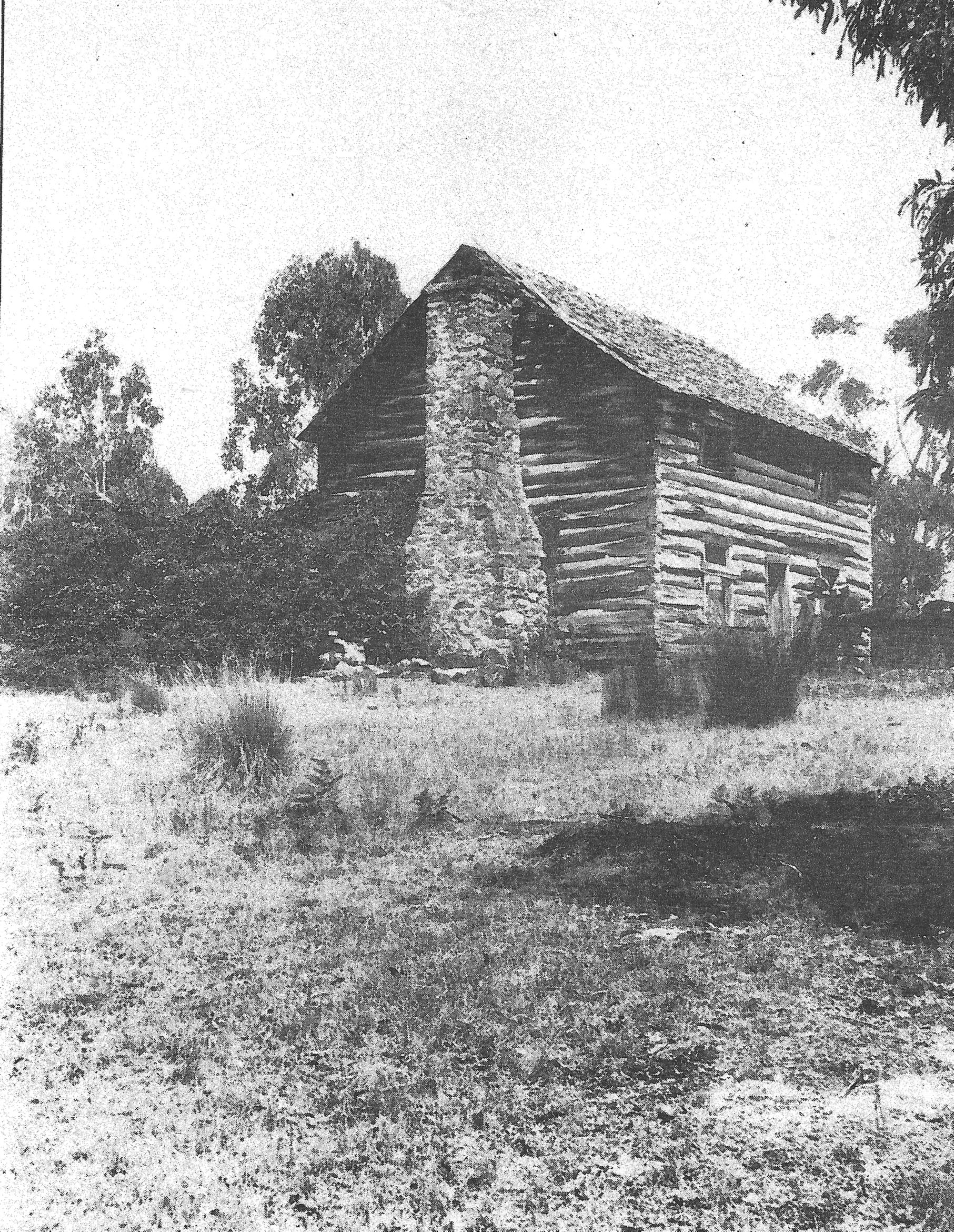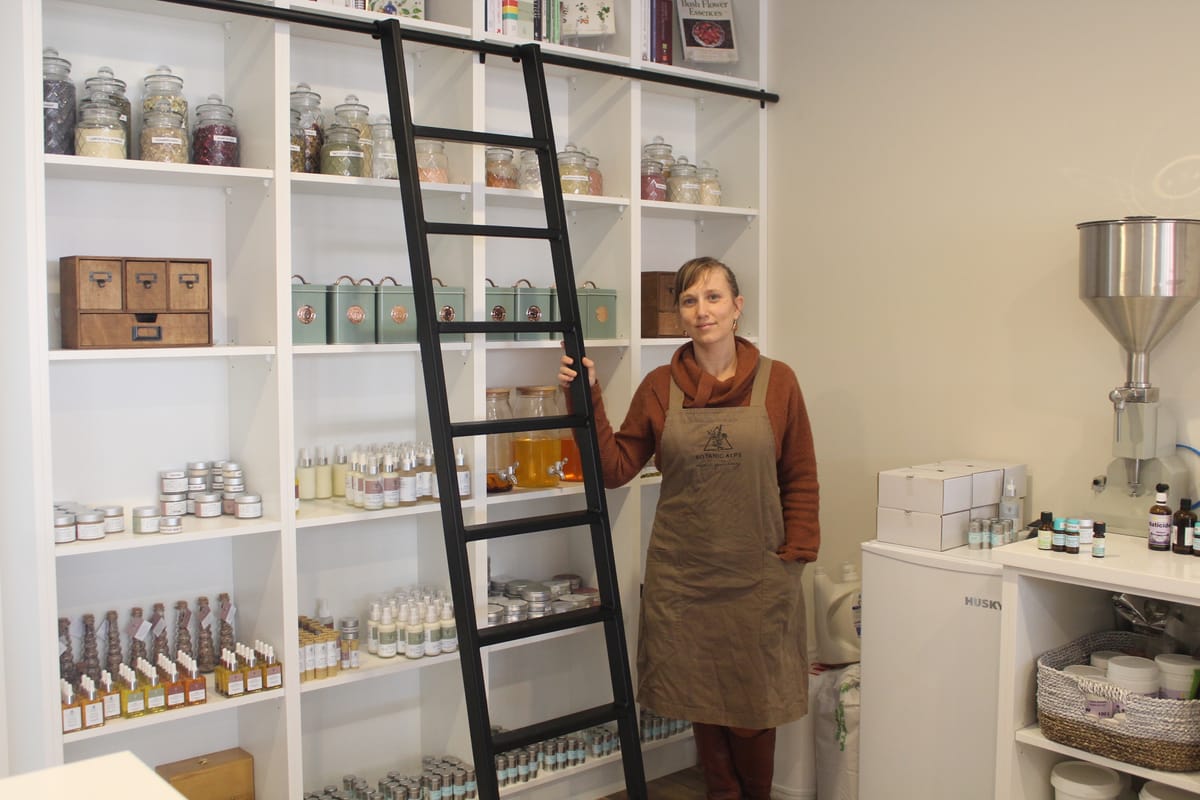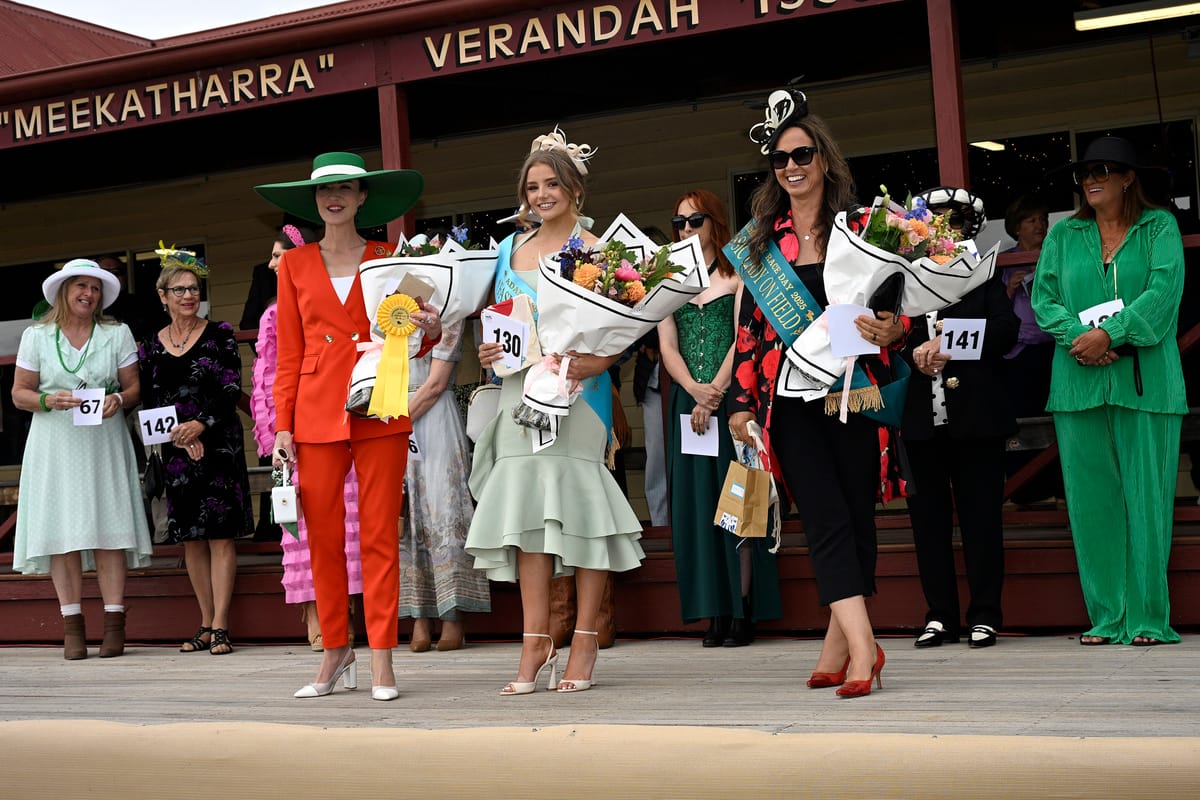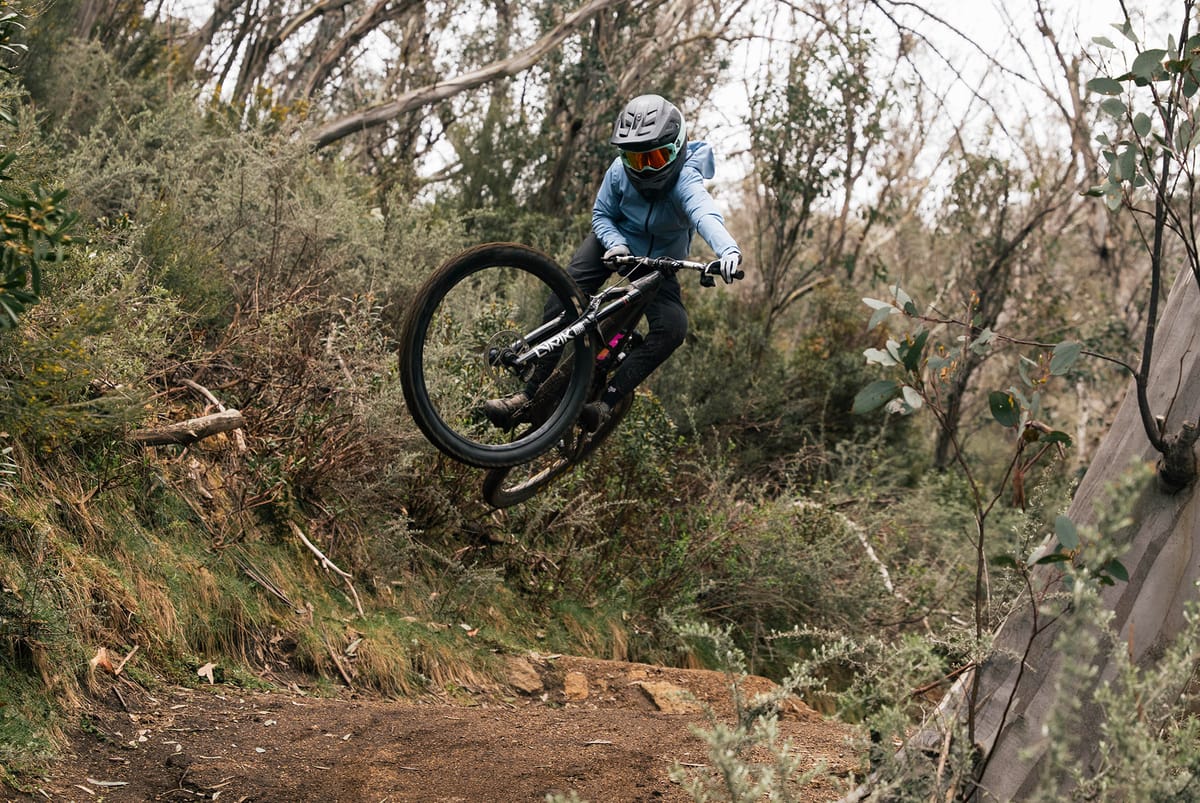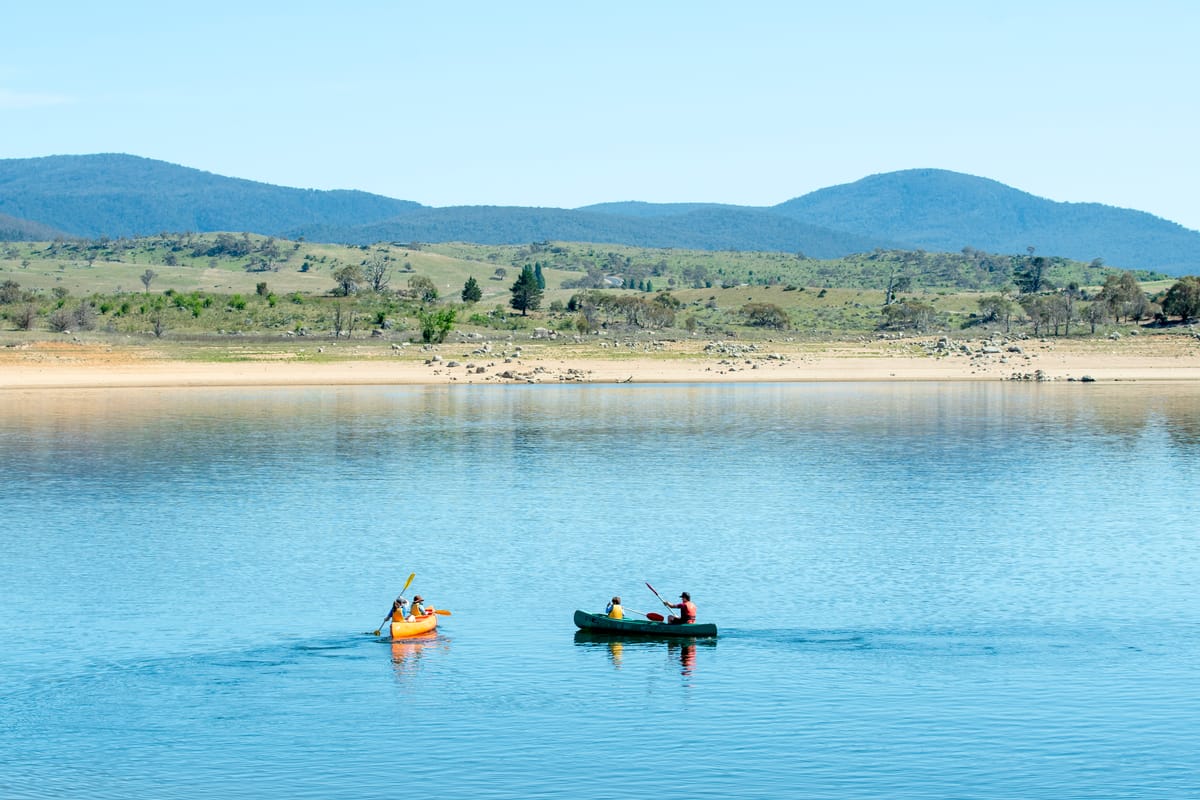JUST over 30 years after the arrival of the first European over landers in the Ovens Valley in 1837, three squatters occupied a pastoral run in the upper reaches of the Buffalo River in 1870.
Thomas Rodda, and partners William McLean and Cardwell, drove cattle into what was essentially a wildness area some 50 km south of Myrtleford.
Initially, accommodation took the form of rudimentary slab and bark structures, and with no fencing straying cattle were difficult to manage.
In 1877, Thomas Rodda engaged an American named Henry Morgan to construct a log cabin and stockyards.
Morgan had mined on the Californian goldfield and lived at Buckland Junction after spending a brief time at Tumbarumba, NSW.
He was a well-known carpenter, fencer, miner and road builder.
On September 19 and 20, 1877 he accompanied Thomas Rodda across country some 25kms to the Buffalo River and commenced construction.
Henry’s diary records: “We went down the stream (the Buffalo).....and pitched our tent on Brandy Creek where Mr Rodda intends to build and fence.”
The building itself was designed along North American lines and the roof gave it the appearance of an abbey, hence the name “Abbeyards” evolved.
A two-storey building with staircase and two rooms on each level was completed together with extensive stockyards and outbuildings, using the axe, adze and pit saw.
Timber for posts, logs, rafters, walls, rails, shingles and flooring were all sourced from the surrounding bush.
It was indeed a wild, dangerous place; Henry records in his diary in January, 1878 “Shot a wild bull that came in with Rodda’s cattle.....Rodda is hunting wild cattle.....There is much fire, the weather warm and air dark with smoke.”
In six months, Henry had gone home to see wife Grace (nee Hall) and children once, on December 23 for Christmas; he returned to the Buffalo River on foot on December 30 and finished up in April, 1878.
On April 10 he wrote in his diary: “I found Grace and children well, they had been expecting me for several days and were overjoyed at my return”.
Henry then resumed mining, building and vegetable gardening on the Buckland.
Meanwhile, the Rodda family of “Abbeyards” stayed on just three years, leaving in April, 1881.
John Childers Webb bought the property, after buying neighbouring “Dandongalale” in October, 1879.
Like other remote properties such as Wonnangatta and Catherine, their supplies would come by packhorses until early in the 20th century.
The “Abbeyards” would accommodate tired men and horses on their way through to the Wonnangatta Homestead and be the venue for an annual cattle muster from the surrounding bush until the “abbey” was destroyed by bushfire in 1919.
Henry Morgan and his son would become significant local figures as road and bridge builders.
Henry gained prominence as Inspector of Works for the Omeo Roads Board, supervising the construction of the roadway from Harrietville to Mount Hotham, then on to Omeo.
On March 9, 1882 he records in his diary “Made arrangements to go away tomorrow, will be a few weeks on the Omeo road works.”
On the 26th he would return and take his 14 year-old son Ben back with him and a new chapter of road and bridge building by the Morgan’s would begin.
The road took three years, work ceasing in the snow season.
Young Ben would also adopt the “work away from home” model and build roads and bridges in the Ovens, Buffalo, Buckland and Kiewa valleys until the 1930s.
Diary quotations were extracted from “The Diary of Henry Morgan: A Life on the Buckland Valley & District Goldfields, 1853-1909” edited by Kim Brownbuilt.


